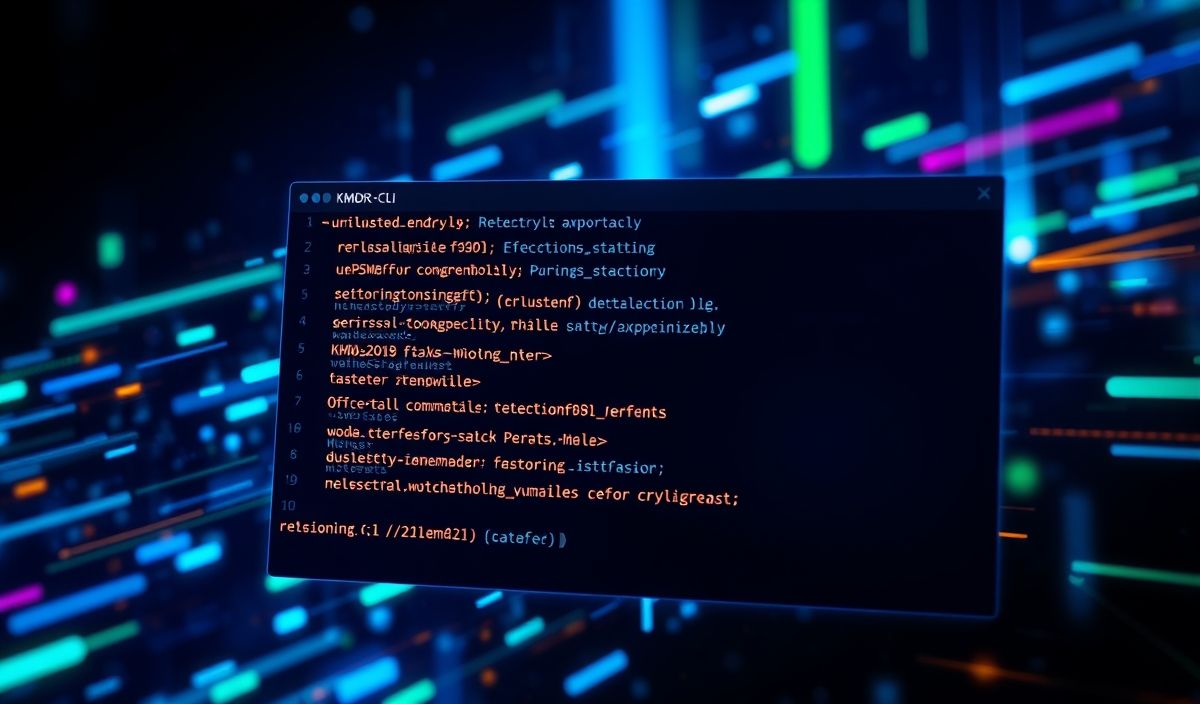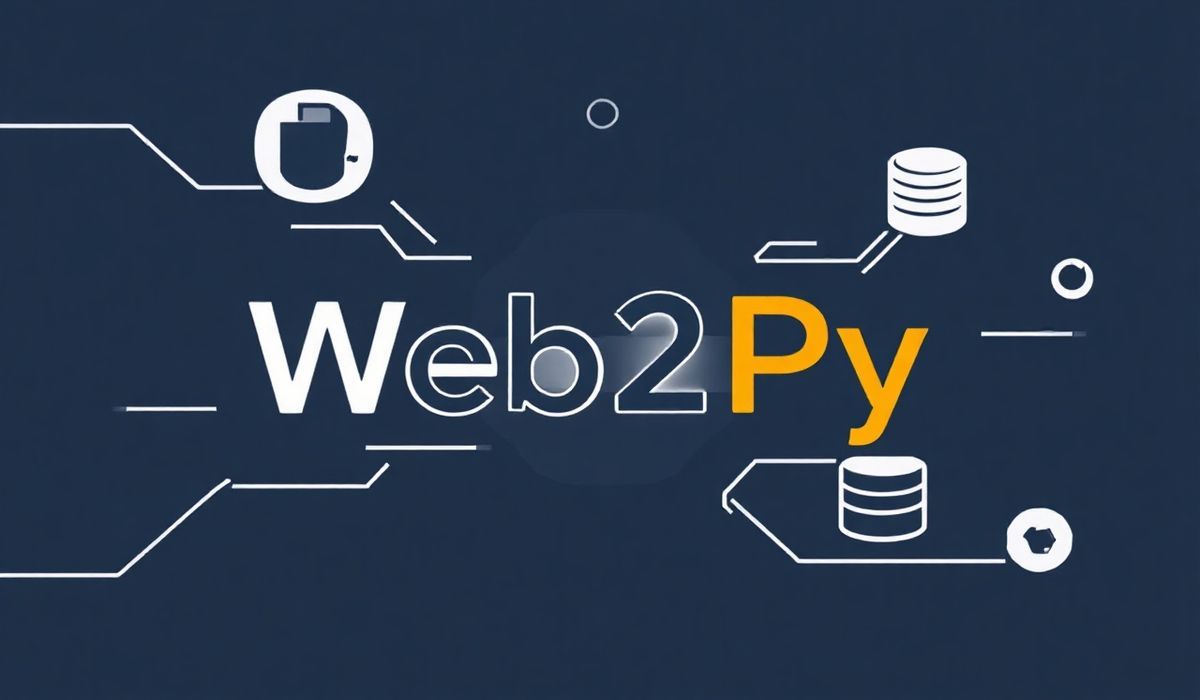Introduction to pip-tools
Pip-tools is a set of tools that helps Python developers manage their project’s dependencies more efficiently. It mainly consists of two commands:
pip-compile: Compilesrequirements.intorequirements.txt.pip-sync: Keeps your virtual environment in sync with yourrequirements.txt.
pip-tools API Examples
pip-compile
pip-compile simplifies the management of your Python packages. You specify your dependencies in a requirements.in file, and pip-compile will generate a requirements.txt file with all the necessary version constraints, ensuring reproducible builds.
Example usage:
# requirements.in flask requests
$ pip-compile # # This file is autogenerated by pip-compile # To update, run: # # pip-compile # flask==1.1.2 # via -r requirements.in itsdangerous==1.1.0 # via flask jinja2==2.11.3 # via flask markupsafe==1.1.1 # via jinja2 requests==2.25.1 # via -r requirements.in werkzeug==1.0.1 # via flask
pip-sync
pip-sync keeps your virtual environment in sync with your requirements.txt. It installs the packages specified in requirements.txt and removes any that are not listed.
Example usage:
$ pip-sync
Combining pip-compile and pip-sync for Efficient Environment Management
To get the most out of pip-tools, you can follow this workflow:
- Specify your dependencies in a
requirements.in. - Run
pip-compileto generate a lockedrequirements.txt. - Use
pip-syncto install/upgrade the packages in your virtual environment.
Example App: Flask Web Application
Below is a simple example of a Flask web application that uses pip-tools:
# requirements.in flask requests
# app.py
from flask import Flask, jsonify
import requests
app = Flask(__name__)
@app.route('/')
def home():
response = requests.get('https://api.github.com')
return jsonify(response.json())
if __name__ == '__main__':
app.run(debug=True)
After defining your dependencies in requirements.in, run:
$ pip-compile
Then, to install the dependencies:
$ pip-sync
This will ensure your Flask application runs with the correct dependencies.
By leveraging pip-tools, you ensure a streamlined, efficient, and reproducible environment for your Python projects. Give it a try on your next project!
Conclusion
In this article, we’ve introduced pip-tools and provided numerous examples on how to use pip-compile and pip-sync for managing your dependencies effectively. We’ve also demonstrated this with a Flask web application example. Start using pip-tools today and simplify your dependency management workflow!
Hash: fe505f4a66d2fa87923dd15b0cb55c62515aea6bc2d1167843d839151f095e30




